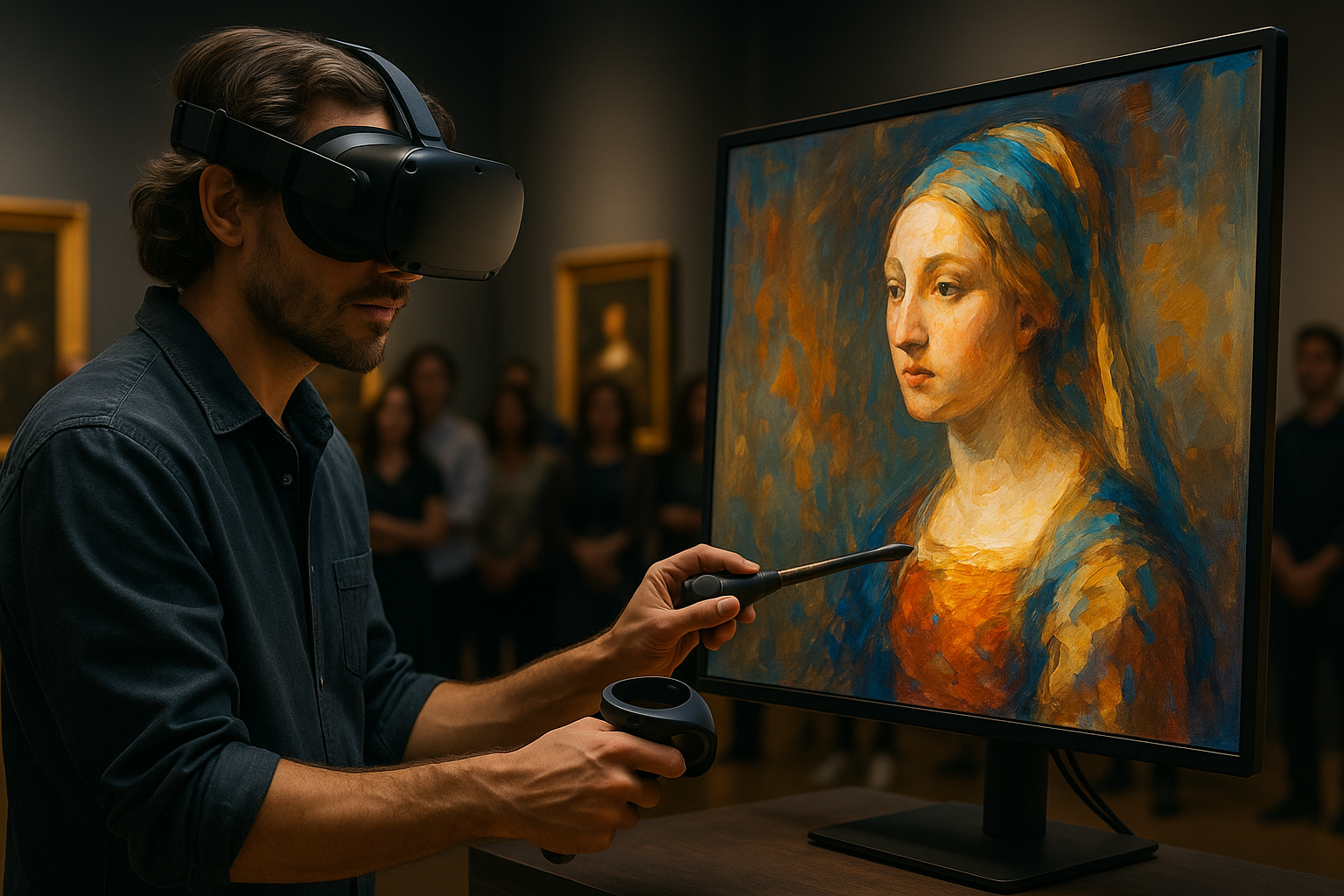Building Community Through Curated Online Experiences
Curated online experiences can connect people across distances by presenting culture, performances, and exhibitions in accessible formats. Thoughtful programming and outreach help institutions and creators reach diverse audiences while preserving heritage and measuring impact.

Curated online experiences offer a structured way to bring culture into people’s daily lives, whether through virtual exhibitions, streamed performances, or guided digital tours. When institutions and creators design intentional curation, they set expectations for audiences and create shared moments that foster belonging. Online formats extend the reach of galleries and festivals beyond geographic limits while requiring new attention to accessibility, promotion, and analytics to sustain long-term engagement.
How does curation shape culture online?
Curation frames how cultural materials and stories are presented, and online curation must consider narrative flow across screens. Good curation online balances discovery and cohesion: collections are grouped so visitors understand context, metadata guides deeper exploration, and multimedia elements—audio, video, and text—are layered to serve varied learning styles. This approach helps preserve heritage while inviting contemporary interpretation.
Digital curation also affects cultural participation. By foregrounding diverse voices and rotating thematic programming, curators can signal openness to different audiences. Accessibility choices, such as captions and clear navigation, play a central role in whether curated digital culture is genuinely inclusive.
What role do exhibitions and galleries play in online community?
Exhibitions and galleries translate physical displays into narrative-driven online experiences that invite repeat visits. Virtual galleries can use high-resolution imaging, 3D walkthroughs, and integrated catalog descriptions to simulate the museum visit. When paired with timely programming and outreach, these virtual exhibitions continue the social functions of galleries—education, reflection, and collective conversation—while lowering barriers for remote audiences.
Online exhibitions also support partnerships with local services and community groups, enabling co-curation that highlights regional heritage. These collaborations can strengthen trust, broaden participation, and ensure digital content reflects the communities it represents.
How do performances and festivals translate to streaming?
Streaming enables performances and festivals to reach dispersed audiences, but success depends on adapting formats for the medium. Shorter segments, multiple camera angles, and supplementary materials (behind-the-scenes content, artist interviews) help online viewers connect with live art. Ticketing models for streamed performances often vary—pay-what-you-can, single-event purchases, or subscription access—so clarity in pricing and delivery is important for audience trust.
Festivals can layer asynchronous components—recorded talks, curated playlists, or interactive workshops—alongside live streams to create a persistent festival footprint. This hybrid approach broadens participation and allows audiences to engage on their own schedules while preserving the sense of shared experience.
How can programming and outreach grow diverse audiences?
Programming that intentionally centers accessibility and relevance expands audience diversity. Outreach initiatives—community partnerships, targeted promotion, and multilingual materials—connect with groups who may not see themselves reflected in mainstream offerings. Programming schedules that consider time zones, work patterns, and caregiving responsibilities make online events more reachable for global audiences.
Audience feedback loops are essential: surveys, moderated forums, and live Q&A sessions provide insight into preferences and barriers. Using that feedback to iterate programming signals to communities that their voices shape future offerings, strengthening long-term engagement.
How should ticketing, accessibility, and promotion be managed?
Ticketing systems for online experiences should be straightforward and transparent about what buyers receive—live access, recordings, or bundled materials. Offering multiple payment options and clear refund policies reduces friction. Accessibility must be baked into every stage: captioning for streaming, alt text for images in exhibitions, and compatibility with assistive technologies.
Promotion relies on a mix of organic outreach and targeted efforts that respect audience privacy. Clear descriptions, sample clips, and content warnings help potential attendees assess suitability. Cross-promotion with local services, community groups, and cultural networks can amplify reach while maintaining relevance to specific communities.
How do analytics inform programming and heritage preservation?
Analytics provide measurable insight into what content resonates: dwell time on gallery pages, drop-off points in streams, and conversion rates for ticketing. These data guide editorial decisions—what to expand, which artists to feature, and which heritage topics need additional context. Quantitative metrics should be paired with qualitative feedback to capture the full audience experience.
Responsible use of analytics includes transparent data practices and attention to consent. Long-term heritage projects benefit from combining analytics with documentation workflows that record provenance, rights, and community contributions, ensuring digital collections remain useful and ethically managed.
Conclusion
Building community through curated online experiences requires intentional design across curation, exhibitions, performances, programming, outreach, and technical systems like streaming and ticketing. When accessibility and analytics inform promotion and ongoing iteration, online cultural offerings can strengthen connections, reflect heritage responsibly, and invite sustained participation from diverse audiences.





